FIRST WEEK
RELAXATION POSTURES
Yogic relaxation involves several relaxation postures. The corpse posture is one of the most important postures. It gives absolute relaxation. Its effect is immediate and amazing. Body and mind both experience perfect calmness. Done 5 to 15 minutes, it is worth more than several hours of unsound, restless sleep.
The highly strung person should find some few minutes to relax. Therein lies the secret of vitality and peace for those with a hectic life style. For the first time perhaps, we will discover what rest or relaxation really means. We will find mostly lying down postures, the best way to start.
It is much easier to relieve one’s stress and anxiety through relaxation rather than any drugs or medication. Some 5-10% of people around the world are taking sleeping pills. If we have trouble sleeping at night these postures will surely help us fall asleep without looking for any external aids. Recent research has shown that sleeping pills can give rise to an increase in cases of early deaths and even some cancers.
In the state of perfect relaxation our body becomes limp and motionless. It is really a world of difference – another world, tension free with a more positive outlook, more pleasant, full of hope! Even beginners tend to feel less stressed and more relaxed after the first lesson.
No one has to learn how to lie down, but most of us may have to learn how to breathe properly. Breathing has to be synchronised with repetition of some sacred word. It helps calm the mind and prevent distraction. In Hindu tradition, the sacred word ‘OM’ is the most widely used.
Corpse Posture – Shavasana
- Lie flat on back, head resting on crown, chin up.Keep arms away from body, palms up; legs apart, toes pointing outwards.
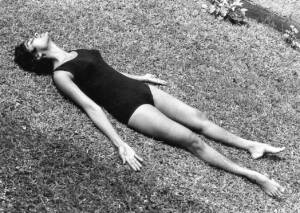
FIG 1
Relax completely for 5 minutes, doing deep breathing as below.
Deep diaphragmatic breathing – Deergha Swasam
- Lie in Corpse Posture.
- Place one hand on chest and the other on abdomen. Breathe out. (Fig 2)
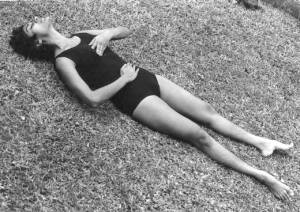
FIG 2 - Breathe in slowly and deeply through nostrils. Breathe out slowly. This makes one breathing round.
Breathe to the ratio 1:2. Breathing in 1: Breathing out 2.
Remember, only the hand on the abdomen should move up and down. The other hand remains motionless.
- Complete 3-5 breathing rounds.
Lying On Side – Udara Shavasana
- Lie on left side with left arm either stretched (Fig 3)
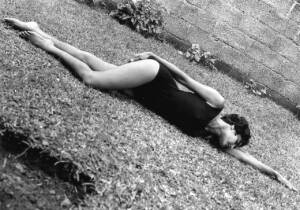
FIG 3 or bent (Fig 4) and serving as pillow for head.
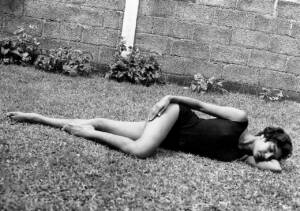
FIG 4 - Bring right leg over left leg, the right knee slightly bent. Rest right arm loosely on right hip. Breathe out.
- Complete 3-5 breathing rounds.
Lying flat on tummy – Advasana
- Lie flat on tummy,arms alongside body, palms down. Forehead (Fig 5)
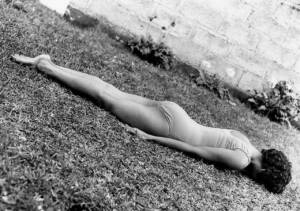
FIG 5 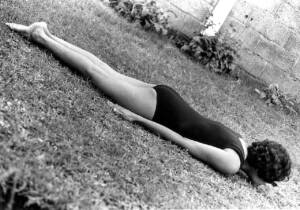
FIG 6 or chin (Fig 6) touching floor. Breathe out. Complete 3-5 breathing rounds.
- Turn head to the right with left cheek on floor. Breathe out. Complete 3-5 breaths.(Fig 7)
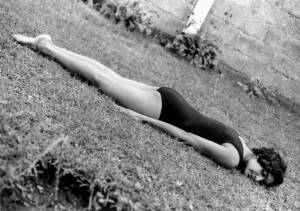
FIG 7 - Turn head to left with right cheek on floor. Breathe out. Complete 3-5 breathing rounds.
- Return to Fig 5.
Lying on tummy – Jeshtikasana
- Lie flat on tummy. Spread arms in line with shoulders, palms down. (Fig 8)
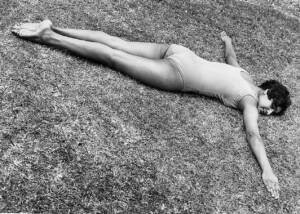
FIG 8 - Bend elbows at right angles, right arm pointing upwards, palm down and left arm pointing downwards, palm up. (Fig 9)
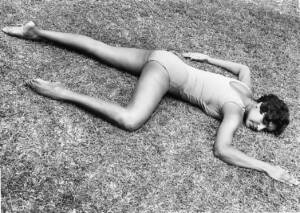
FIG 9 - Keep the left leg straight. Bend right knee at right angle. Point toes down. Breathe out. (Fig 9)
- Complete 3-5 breathing rounds. Repeat on opposite side.
Crocodile posture I – Makarasana I
- Lie on tummy, legs apart, toes pointing outwards.
- Cross arms and rest forehead on arms. Breathe out. (Fig 10)
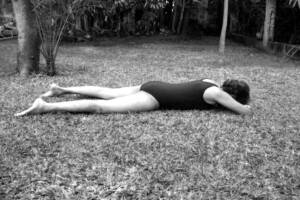
FIG 10 - Complete 3-5 breathing rounds.
- Turn head to right. Breathe out.
- Complete 3-5 breathing rounds. (Fig 11)
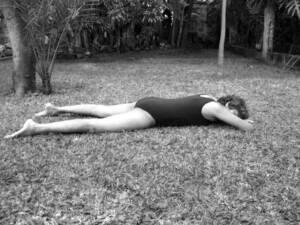
FIG 11 - Turn head to left and repeat.
Staff posture – Dandasana
- Sit upright with legs stretched forwards. (Fig 12)
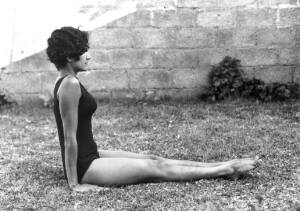
FIG 12 - Keep arms alongside body, palms down. Breathe out.
- Complete 3-5 breathing rounds.
Easy Posture – Sukhasana
- Sit upright with legs stretched, arms resting on thighs. (Fig 13)
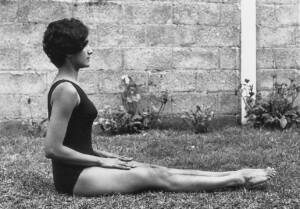
FIG 13 - Bend left knee and bring left leg under right thigh. (Fig 14)
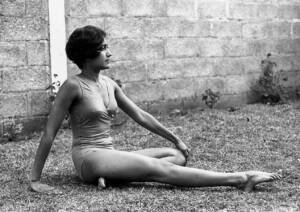
FIG 14 - Bend right knee and bring right leg under the left leg.
Keep hands on knees, palms up or down. Breathe out. (Fig 15)
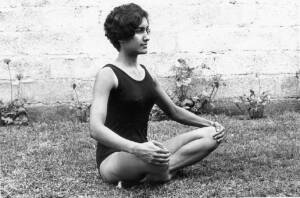
- Complete 3-5 breathing rounds.
Thunderbolt posture I – Vajrasana
- Kneel down on knees, toes flat. (Fig 16)
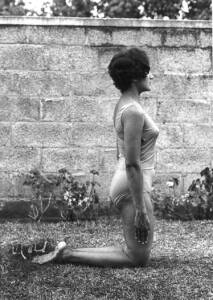
FIG 16 - Slowly sit on heels. Rest palms on knees or thighs. Breathe out. (Fig 17)
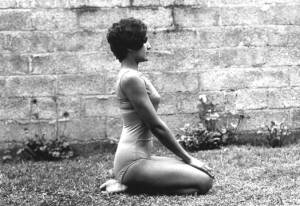
FIG 17 - Complete 3-5 breathing rounds.
Warrior posture – Veerasana
- Kneel down, knees together, legs apart, toes flat. (Fig 18)
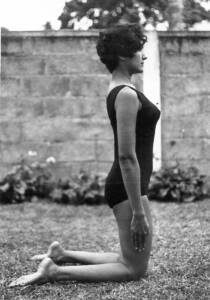
FIG 18 - Slowly sit between heels. (Fig 19 )
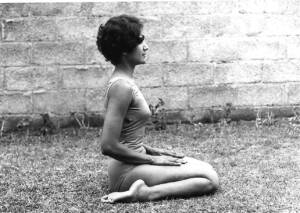
FIG 19 - Rest palms on thighs or knees. Breathe out. (Fig 20)
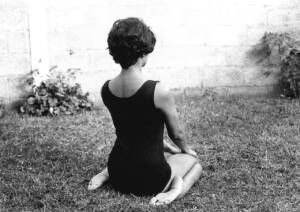
FIG 20 - Complete 3- 5 breathing rounds.
Deep diaphragmatic breathing – Sitting
- Sit in Staff, Easy, Thunderbolt or Warrior posture. FIG 21
- Place one hand on chest and the other on abdomen. Breathe out. (Fig 21)
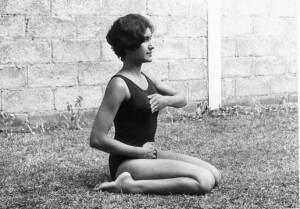
FIG 21 - Slowly breathe in deeply through the nostrils.
- Breathe out slowly through nostrils.
Breathe to the ratio 1:2. Breathing in 1: Breathing out 2. Only the hand on the abdomen should move while breathing. The other hand remains motionless.
- Complete 3-5 breathing rounds.
CORPSE POSTURE FOR 5 MINUTES.
